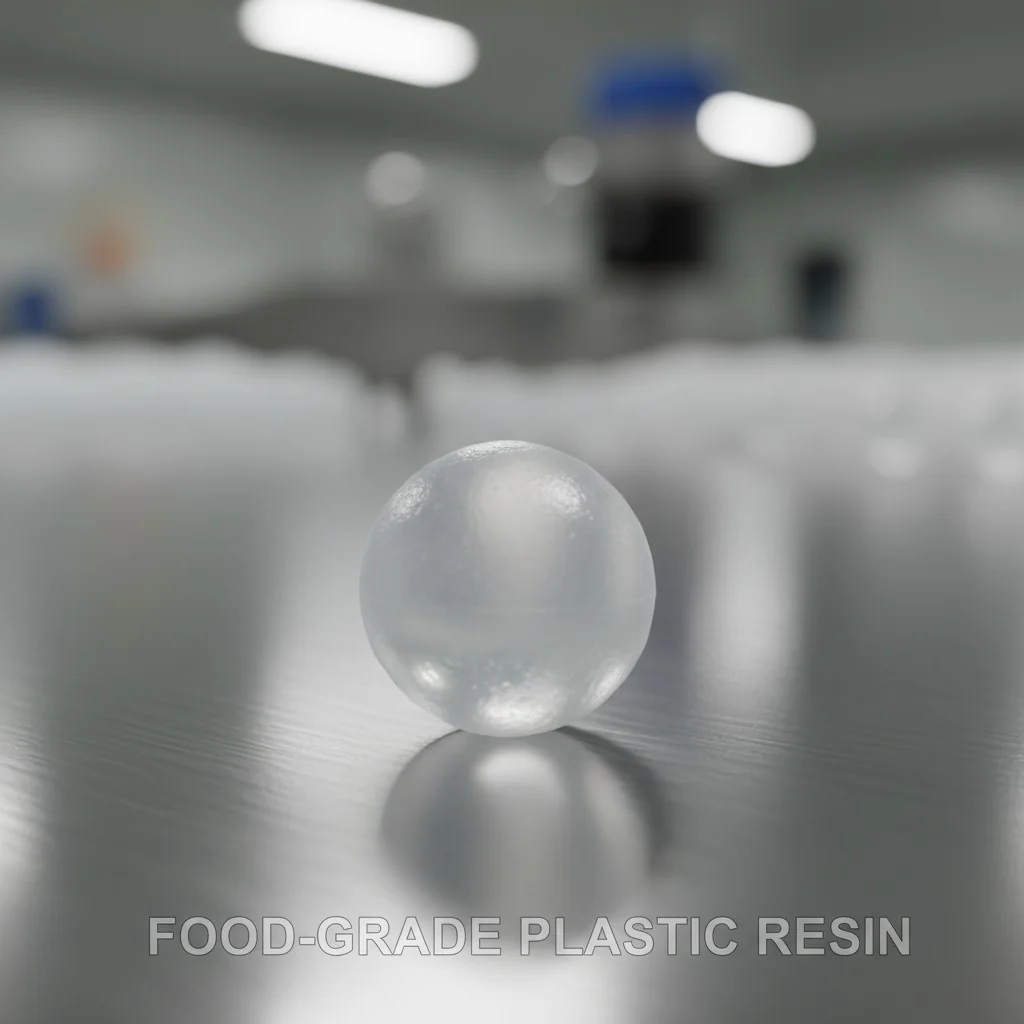
Struggling to design molds for food packaging that meet safety standards and production speeds? A single design flaw can lead to costly recalls. Let's master the key principles together.
To master mold design for custom food packaging, you must focus on three key areas. First, select food-grade plastics like PP or PET. Second, design for thin walls and efficient cooling channels to ensure fast cycle times. Finally, achieve a precise surface finish for quality printing and labeling.

When I first started my own company, one of our early projects was for a client making yogurt cups. We focused so much on the cup's shape that we overlooked the cooling channel design. The first run had high reject rates due to warping, a costly mistake that taught me a valuable lesson: in food packaging, speed and precision are everything. The details you can't see are often the most important. Getting these details right from the start is what separates a struggling project from a successful one. Let's dive into what makes a real difference.
All plastics are safe for food packaging.False
Only specific plastics that pass rigorous testing and are certified by bodies like the FDA or EFSA are considered food-grade. Materials like PET, HDPE, and PP are common, but their additives must also be approved.
Thin-wall injection molding is a common process for disposable food containers.True
This process allows for the rapid production of lightweight, low-cost items like cups and containers. It requires high injection speeds and pressures, and specialized mold design to work effectively.
What Makes a Mold Maker a Leader for Food Packaging Projects?
Choosing the right mold-making partner feels like a huge risk. The wrong choice can sink your project with delays and poor quality. Let's identify the key traits of a top-tier partner.
A leading mold maker for food packaging proves their worth with expertise in food-grade materials, high-precision machinery for thin-wall designs, and advanced mold cooling solutions. They must also offer cleanroom assembly and provide clear documentation for regulatory compliance, ensuring your product is safe and market-ready.

Finding a great partner is about more than just their equipment list. It's about their process and how they think. A top-tier mold maker acts as an extension of your design team. They should challenge your design and offer suggestions based on their manufacturing experience. This collaborative approach is what I look for. They don't just build what you send them; they help you build it right. This involves a deep dive into your project's specific needs, from the plastic you're using to the speed of the production line it will run on.
Technical Expertise & Equipment
A supplier's machinery tells you a lot about their capabilities. For food packaging, thin walls and fast cycles are normal. This requires molds with incredible precision and durability. Your partner needs high-speed CNC machines to create complex geometries accurately. They also need excellent polishing capabilities to ensure the final product has a smooth, clean surface that is perfect for printing and releases easily from the mold.
Material and Compliance Knowledge
Your mold maker must be an expert in food-grade plastics. They need to understand how materials like PP, PET, and PS behave during injection molding. This knowledge is critical for calculating correct shrinkage rates and designing effective cooling systems. They should also be familiar with FDA and EU food contact regulations to ensure the mold and the final part meet all safety standards.
| Feature | Why It's Critical for Food Packaging Molds |
|---|---|
| High-Speed CNC | Creates precise, thin-wall cavities for lightweight parts. |
| Expert Polishing | Ensures smooth surfaces for easy part ejection and printing. |
| Advanced Cooling | Reduces cycle time and prevents part defects like warping. |
| Material Expertise | Guarantees correct handling of food-grade plastics (PP, PET). |
| Cleanroom Assembly | Prevents contamination of molds used for food-safe products. |
The type of steel used for a mold does not affect the final plastic part.False
The mold steel is critical. Hardened steels like H-13 are used for high-volume production to resist wear, while pre-hardened P-20 is a cost-effective choice for medium volumes. The steel's thermal conductivity also impacts cooling and cycle times.
A Design for Manufacturability (DFM) report helps identify potential molding problems before a mold is built.True
A DFM report is a standard process where the mold maker analyzes the part design and provides feedback on wall thickness, draft angles, and other features to optimize it for efficient, defect-free manufacturing.
Why is a Specialized Supplier Crucial for Fresh Produce Packaging Molds?
Designing a mold for a simple cup is one thing. But fresh produce packaging, like a clamshell for strawberries, presents unique challenges. A standard approach can lead to damaged goods and spoilage.
A specialized supplier is vital because fresh produce packaging requires complex mold features for ventilation, specific material choices to maintain freshness, and structural designs that protect delicate items without bruising them. General-purpose mold makers often lack this niche expertise, which can lead to costly product loss.

I remember working with a client who was launching a new line of cherry tomatoes. They went with a general-purpose mold maker to save money. The package looked great, but it had no ventilation. Condensation built up inside, and the tomatoes spoiled on the shelf in just a few days. They had to scrap all their inventory and start over with a specialized designer. This is a perfect example of why niche expertise is not a luxury; it's a necessity. For fresh produce, the package is part of the product's life support system.
Designing for Ventilation and Freshness
The main goal of produce packaging is to extend shelf life. This requires airflow. Molds for these containers must create precise vents and holes. The size and placement of these vents are critical. Too much air and the produce dries out; too little, and mold grows. A specialized mold maker understands how to create these features without compromising the mold's structural integrity or slowing down the cycle time.
Balancing Strength and Cost
Produce containers must be strong enough to protect the contents during shipping but also lightweight and thin to keep costs down. This is a difficult balance. A specialist will use techniques like adding structural ribs in key areas. These ribs are designed into the mold to add rigidity without adding a lot of material, which is essential for protecting delicate items like berries or mushrooms.
| Design Consideration | Impact on Fresh Produce Packaging |
|---|---|
| Ventilation Holes | Allows ethylene gas to escape and controls humidity. |
| Structural Ribs | Adds strength to thin walls, preventing crushing. |
| Undercuts for Locks | Creates snap-fit closures for clamshells. |
| Material Selection (PET) | Provides excellent clarity to showcase the produce. |
| Smooth Interior Surface | Prevents bruising or damage to delicate skins of fruits. |
All produce packaging should be airtight to keep it fresh.False
Most fresh produce needs to 'breathe.' Packaging is designed with specific permeability or vents to allow for the exchange of gases like oxygen, carbon dioxide, and ethylene, which slows down the ripening and decay process.
PET (Polyethylene terephthalate) is a common choice for clear produce clamshells.True
PET is widely used because of its excellent clarity, which allows consumers to see the product, and its good strength-to-weight ratio. It also has good gas barrier properties, which can be tailored for different types of produce.
Conclusion
Mastering food packaging molds means focusing on food-safe materials, thin-wall design, and rapid cooling. Partnering with a specialized mold maker who understands these unique requirements is the key to success.
